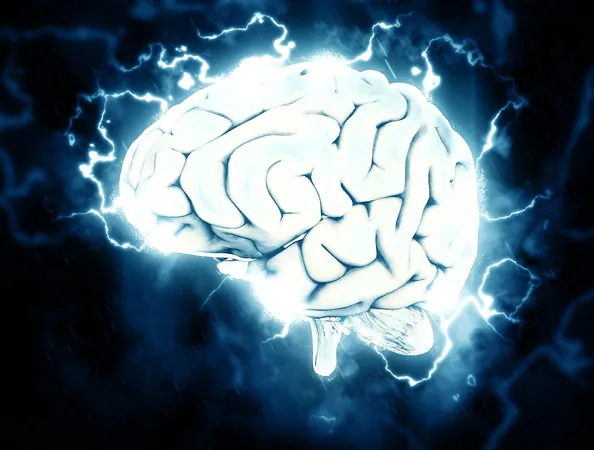
Unlocking Language Learning: How ChatGPT Enhances Spanish Skills but Demands Critical Thinking
2025-06-03
Author: Rajesh
ChatGPT: A Double-Edged Sword in Language Learning
As the world turns to technological marvels for education, recent research from UPF sheds light on the revolutionary yet flawed role of ChatGPT in foreign language acquisition. With a surge in learners using ChatGPT to tackle Spanish, particularly among Chinese students, this pioneering study highlights both the advantages and the pitfalls of AI-assisted language learning.
The Research Unveiled
Conducted by the Research Group on Language Learning and Teaching at UPF, this groundbreaking qualitative study explores the methods employed by Chinese students when interacting with ChatGPT. Under the guidance of researcher Shanshan Huang and coordinator Daniel Cassany, their findings have sparked conversations in the Journal of China Computer-Assisted Language Learning.
ChatGPT's Benefits for Learners
This versatile tool serves as a one-stop platform for navigating language queries, offering tailored responses to each student's needs. According to the research, ChatGPT facilitates immediate access to information on vocabulary, spelling, and even comprehension, all from a single interface, eliminating the need for multiple resources.
The Downsides: A Call for Critical Engagement
However, herein lies the dilemma: students often engage with ChatGPT in a superficial manner. Astonishingly, 9 out of 10 students failed to ask follow-up questions after their initial inquiries, which lead to an alarming trend of uncritical acceptance of the AI's responses. Of the 370 analyzed interactions, a staggering 89.45% were limited to one question and one answer.
Understanding Student Queries
The study pinpointed that nearly 90% of student interactions focused on vocabulary (36.22%), reading comprehension (26.76%), and writing (26.49%). In contrast, only a meager fraction tackled grammatical questions, especially more complex topics, indicating a potential gap in oral communication skills.
Cultural and Technological Influences
This imbalance may root from both cultural factors, as China's educational model tends to prioritize reading and writing over verbal skills, and the technological limitations of ChatGPT 3.5, which excels at text but struggles with conversational interaction. Future research might explore whether the forthcoming GPT-4 could bridge this gap.
Empowering Students for the Future
As educators reflect on these findings, the emphasis should shift from mere digital literacy to fostering critical thinking and self-directed learning. Language instructors are encouraged to guide students on effectively integrating AI tools like ChatGPT into their study routines, promoting a more analytical and thoughtful approach to language learning.
The Takeaway: Balance is Key
In a world where AI is becoming a staple in education, this research emphasizes the essential balance between leveraging technological advancements and nurturing critical thinking in learners. As students embrace these tools, it is imperative that they do so with a discerning eye, ensuring they cultivate their language skills holistically and effectively.



 Brasil (PT)
Brasil (PT)
 Canada (EN)
Canada (EN)
 Chile (ES)
Chile (ES)
 Česko (CS)
Česko (CS)
 대한민국 (KO)
대한민국 (KO)
 España (ES)
España (ES)
 France (FR)
France (FR)
 Hong Kong (EN)
Hong Kong (EN)
 Italia (IT)
Italia (IT)
 日本 (JA)
日本 (JA)
 Magyarország (HU)
Magyarország (HU)
 Norge (NO)
Norge (NO)
 Polska (PL)
Polska (PL)
 Schweiz (DE)
Schweiz (DE)
 Singapore (EN)
Singapore (EN)
 Sverige (SV)
Sverige (SV)
 Suomi (FI)
Suomi (FI)
 Türkiye (TR)
Türkiye (TR)
 الإمارات العربية المتحدة (AR)
الإمارات العربية المتحدة (AR)